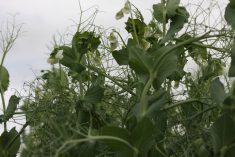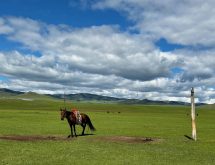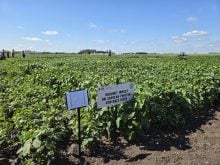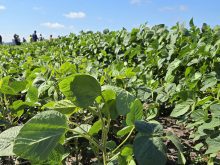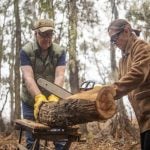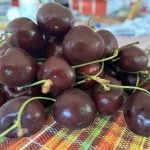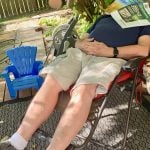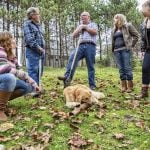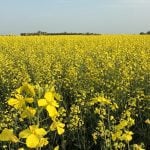VENLAW, Man. — Stephen and Annie Negrych were so passionate about preserving their Ukrainian roots in Canada that they lived at the family’s secluded Manitoba homestead without power or running water until the 1990s.
They ran the farm as their parents, Wasyl and Anna, did, preserving the farm in its original form.
Today, the Negrych farm, which Parks Canada recognized as a national heritage site in 2000, remains much as it did when the family came to Venlaw, Man., from western Ukraine.
Read Also
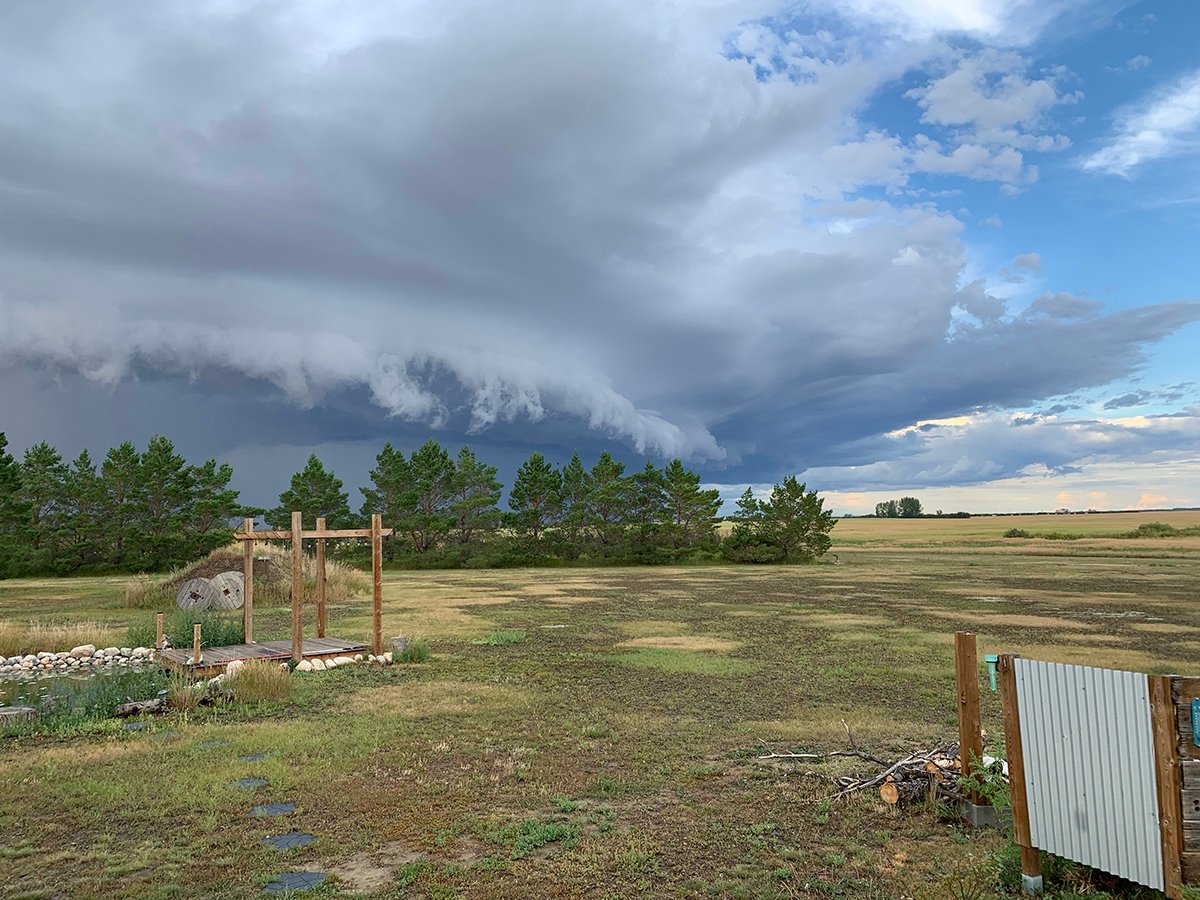
Storm dynamics and extreme rainfall
Besides moisture, instability and orographic lift, the next biggest factor that contributes to heavy or extreme rainfall is storm dynamics.
“It’s a completely preserved setting, natural setting of how pioneers used to live on an original homestead,” said Ron Basaraba, past-president of the Gilbert Plains Historical Society, which manages the site.
“It’s one of a kind, the only one in Canada.”
The Negrych family left their mountain homeland at Bereziw and boarded the SS Arcadia for the journey through Belgium, across the northern Atlantic to Quebec and finally to Manitoba.
Homesteading families included brothers Iwan and Wasyl Negrych, Jacob Genik and his sons, Nicholas Nedlesetski and the Hryhorczuk and Dzaman families, who created a tiny Ukrainian community.
Paying $10 for the first quarter section and $3 per acre for the second quarter, the Negrych clan moved seven children aged seven months to 19 years into a temporary shelter made of poplar pole and cowhide in 1897.
By 1898, they had built a log house, but it burned down the following year. The current house was built following the fire.
Five more children were born in Canada, including Stephen and Annie, the youngest.
Most of the buildings were here by 1910, with a garage and granary added in the 1930s and 1940s.
The family lived alongside an old aboriginal trail called Colonization Trail, which was used by Ukrainian settlers heading northwest.
They eked out a life from local materials, whittling a serving spoon, using tamarack or spruce with saddle and notch cornering, weaving together willows and rope to form a hay scoop and using local stones as building foundations and clay for floors.
Crops were cut with a sickle and grain pounded out with a flail. A rope-making machine cranked out rope and a hemp press squeezed out oil. It’s believed Wasyl carried the house windows on his back 48 kilometres.
Evidence of early bookkeeping of bushels of grain sold can still be seen etched into the barn’s beams.
Barns and pens housing the cattle, pigs and chickens that fed the family are scattered about the property, an ambitious hike from the nearest grid road.
The main house and boys’ quarters sit near the centre.
“They were duplicating what they would have had in Ukraine,” said Basaraba.
The modest main house, 4.5 by 10.6 metres, has a beamed ceiling. In the traditional Ukrainian design, it had three simple rooms: a pantry, a cooking room with a wood stove and the main living room, which included an iron bed frame, tread sewing machine, small box heater, coal oil lamps, wooden bench and table and chairs. Religious images and messages were mounted on its eastern wall.
A garden and orchard provided food, and a clay and log peech, or clay oven, in the boys’ house baked bread.
The structure is a mud plastered log house, with Carpathian-style long wood shingles on the roof and gables. The smoke would enter the attic from the peech below and serve as a smokehouse for meat and fish.
The homestead sits in a well-sheltered setting alongside the Drifting River, the source of the family’s water and ice. The ice was placed into the recessed floor of an ice house, which featured a roof made of rye straw.
Today, the site receives numerous visitors and schoolchildren for tours and events, many brought onto the site by horse and wagon. An active group of volunteers and summer students operates the site.
Basaraba said many details were lost with the passing of family members, but the site provides a glimpse into rural life and innovation on the Prairies for new immigrants.
Volunteer Harvey Taylor cited examples of an door key made of wooden sticks and notched teeth gently nudged to move the door bolt and a pole and beam door joint greased with pig fat on the barn.
“Everything is authentic and from this place,” he said.



